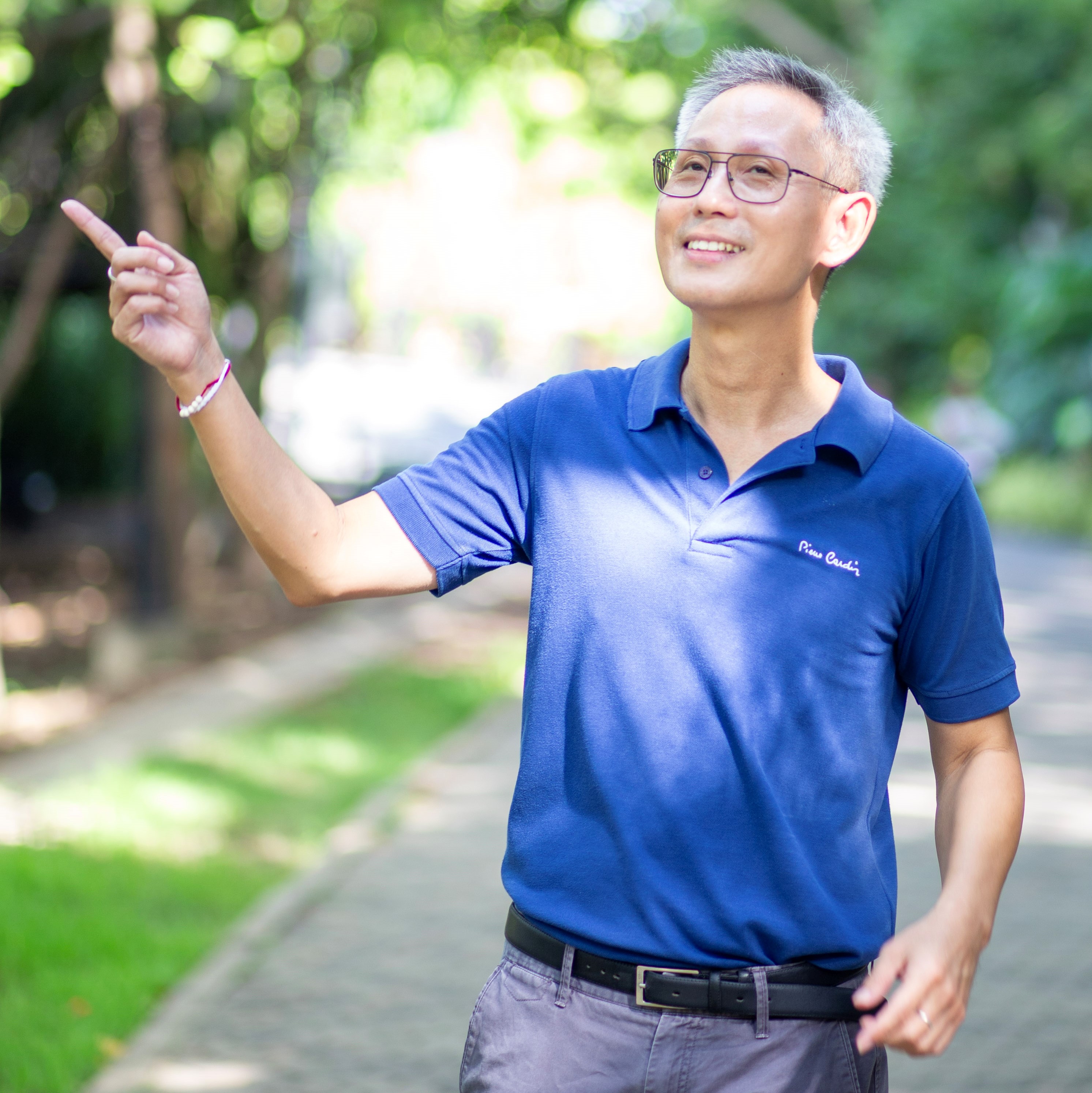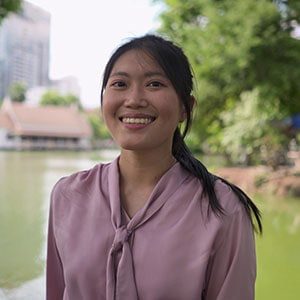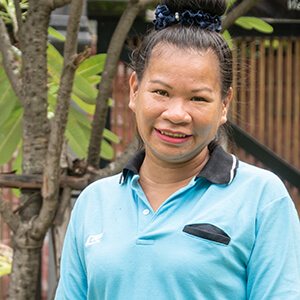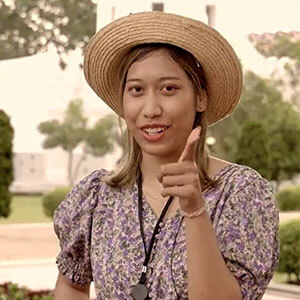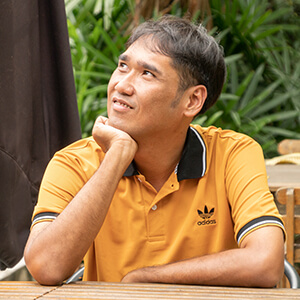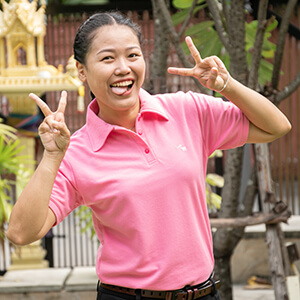Price: 100 baht
Some people consider Bangkok to be a fast paced party town surrounded by concrete jungle and smog, but the city is filled with beautiful green spaces surrounding the temples and museums and some beautiful parks and gardens. Kamthieng House Museum feels more like being in the northern Thai village the buildings originated in rather than the middle of a modern city. Now well renovated and featuring some interesting displays, Kamthieng House Museum will give you a great insight into traditional Thai rural life.
Originally built in 1848 by Mae Saed on the banks of the Ping River in Chiang Mai Province, the collection of buildings embodies key elements of traditional Lan Na culture and lifestyle. Exhibits of indigenous crafts, once daily necessities, and ritual tools offer a glimpse of a residence of nobility in the lifetime of Mae Saed and her granddaughter, Mae Kamthieng after whom the residence (now museum), is named.
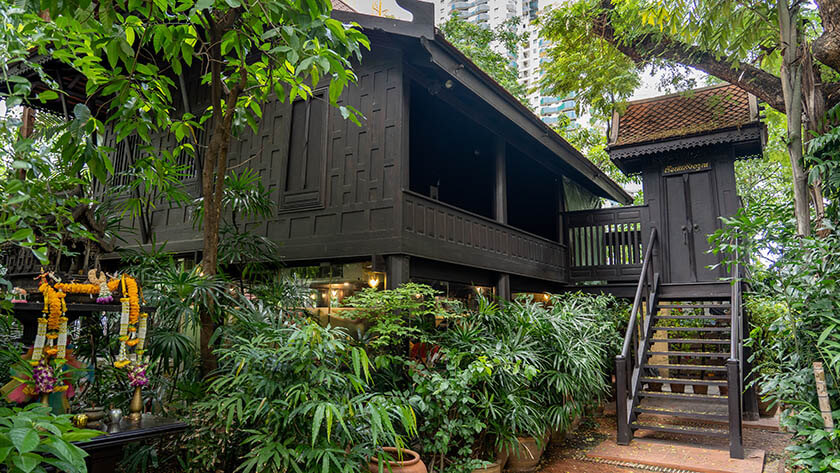
Kamthieng House is one of the finest examples of Lan Na Thai period architecture. Given to the Siam Society under Royal Patronage in 1963 by Nang Kimhew Nimmanhaeminda, a descendant of the original owner, and relocated to the premises of the Siam Society, Kamthieng House was inaugurated as an ethnological Lan Na Thai museum by His Majesty King Bhumibol Adulyadej in 1966.
The Siam Society was established in 1904 with a mission to promote the culture, history, arts and natural sciences of Thailand, as well as those of neighbouring countries. The society’s motto is “Knowledge Gives Rise to Friendship” and it welcomes visitors of all nationalities, including non-members, to visit its facilities and join its activities. The Siam Society owns and operates a library with an outstanding collection of rare books and palm-leaf manuscripts and has an ethnological museum in one of the magnificent old teak houses situated on its grounds.
Daily life in a Lan Na Thai household followed a meticulous etiquette of relationships between residents, spirits and places, as well as an exacting code of personal conduct. Natural forces, visible and invisible, were accorded respect, ancestors were honoured, spirits venerated, and the collective memory treasured. The spirits of three past occupants, Mae Thao Khamdaeng, Mae Saed and Mae Kamthieng, are said to be still in residence and appear now and then in traditional Lan Na Thai attire, shielding both their property and its visitors from harm.
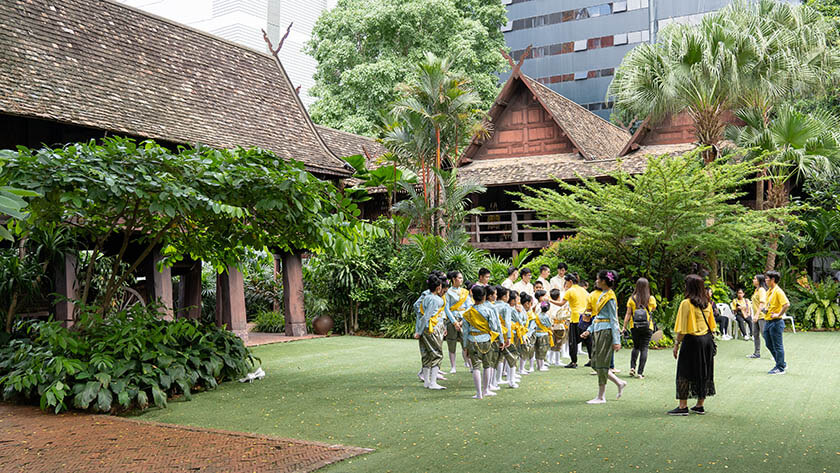
Talaeo is the Emblem of the second Kamthieng House. Once transplanted rice seedlings have taken roots, grow and come into ears, farmers post markers, called talaeo, on the four corners of the paddy field. Talaeo are plaited from bamboo strips into the shape of a hexagonal star. Attached to sticks, the talaeo are ritually put in place as a gesture of respect and to claim benevolence from the paddy field spirits. Through this, the crop is committed to the rice deity, Mae Phosop, and to protection by the farmers’ patroness, Mae Kasok. They also serve the mundane purpose of cautioning against trespassers.
The restoration of the third Kamthieng House began in 2001 and the presentation of the ensemble is focused on the traditional Lan Na Thai way of life with its key rituals and ceremonies. Experts researched Lan Na Thai musical and liturgical traditions and tracked down the few living exponents and practitioners of the various surviving customs. Their indigenous knowledge is the source of traditional chants, music, dance, house building, farming, irrigation, harvesting, household chores, and meal preparation, and brings the culture and history of Lan Na Thai to life.
On ground level beneath the main building a specially produced 3D-animation short-film on Lan Na Thai village life is presented to visitors. Tokto (an animated gecko) guides visitors through a series of activities and events, including traditional ceremonies and rituals, and weir construction as part of the 700-year old farmer-managed irrigation system once employed in the region. The space also displays a weir model, a functioning loom, traps made from bamboo or rattan, and utensils characteristic of the time the house was lived in.
On approach to the verandah, courtship musical tunes begin to play (Choi and Pin Pia) and immerse visitors further into the experience. A TV plays a short-film sequence of the lineage of original owners along with footage of a traditional Thai spirit dance. The alternating courtship and spirit music is blended with clan history.
The film presented in the kitchen shows Mae Champa, a northern grandmother in period attire, preparing the Northern Thai dish called Kaeng Khae Kob in the very kitchen visitors are standing in, enveloped by the amplified sounds of the cooking process. You’ll learn about the stew or “jungle curry” made from the fleshy petals and tender leaves of the sesbania plant, called khae daeng and khae khao, and meat (frog, in this instance), seasoned with shrimp paste, coriander seed, lemongrass, galangal, dried large chilli pods, onion and garlic.
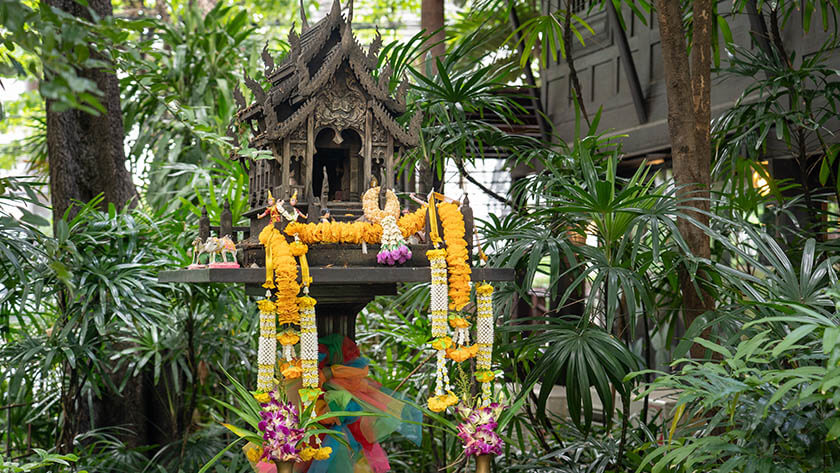
The authentic Thai teak houses were dismantled at their original sites in Ang Thong Province, Central Thailand and rebuilt in Bangkok. In keeping with Lan Na Thai custom, an expert ritual master was entrusted with performing traditional rites as well as overseeing the restoration of the house shrine.
Baan Kamthieng House Museum is open from 9am to 5pm Tuesdays to Saturdays at Thanon Asok Montri, Sukhumvit Soi 21.
If you’re passionate about Thai history then you must visit Baan Kamthieng House Museum. Reasonably located (if you have time), you can incorporate a visit here into a day or multi-day tour that takes in the huge range of attractions and experiences that a trip to Bangkok is famous for.
Some similar location who want to know in the vein of this attractions are:

